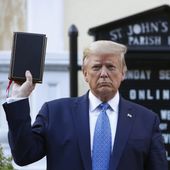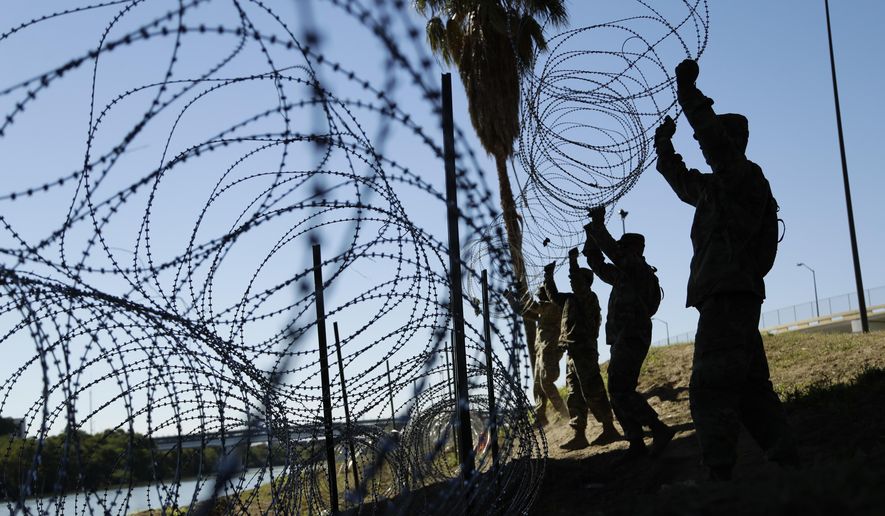The battles over President Trump’s border and immigration policies played out once again in a Capitol Hill hearing room, as Democrats and Republicans on the House Armed Services Committee sparred over the wisdom and expense of deploying active-duty troops to help fortify the Mexican border
“There really isn’t that much evidence of a crisis,” Rep. Adam Smith, Washington state Democrat, said, in his first public hearing as the panel’s new chairman. “We’ve got other needs in the world and the reason we’re starting here is because this is not primary to our mission.”
But GOP lawmakers said the deployment of active-duty troops to the border would not be necessary if the Department of Homeland Security were “adequately funded,” pressing Pentagon officials on whether the troops conduct similar operations to Customs and Border Protection agents.
“None of capabilities that we are provided are combat capabilities, it’s not a war zone along the border,” Vice Admiral Mike Gilday, director of operations for the Joint Staff, told Rep. Paul Mitchell, Michigan Republican.
There are approximately 4,500 active-duty and National Guard forces now stationed at the border, down from about 5,900 in November.
Former committee Chairman Mac Thornberry of Texas, now the panel’s ranking Republican, argued an influx of migrants from Central America had strained the Department of Homeland Security’s resources, though he admitted to some unease about the deployment’s impact on the Pentagon’s budget.
“We have to be more flexible to changing circumstances,” he said, “I would prefer [the president] doesn’t have to turn to the Defense Department to make up for gaps in DHS funding and our government has to respond.”
Democrats questioned why National Guard units could not provide back-up help, questioning Pentagon officials on whether the deployment hurts troop combat readiness by performing tasks such as laying wire and creating barriers.
Adm. Gilday replied that the forces sent to the border areas were “selected specifically because we felt they were best suited based on the inventory of forces that we had.”
He explained that the National Guard has the ability to perform similar tasks that active-duty troops are performing but added they don’t have such skills “in this particular operation.”
Pentagon Undersecretary for Policy John Rood told the panel that the practice of sending active-duty and National Guard troops was a “long-standing mission” of the Department of Defense, and that the president’s decision to deploy such troops was justified.
At the Pentagon, acting Defense Secretary Patrick Shanahan told reporters that an expanded mission might mean that “several thousand” more troops may soon be added to the border protection mission.
Mr. Shanahan said the Pentagon is already preparing plans, including ways to tap into the military construction budget, should President Trump end the stalemate with Congress over funding and formally declare a “national emergency” to speed construction of a border wall.
• Lauren Toms can be reached at lmeier@washingtontimes.com.




Please read our comment policy before commenting.